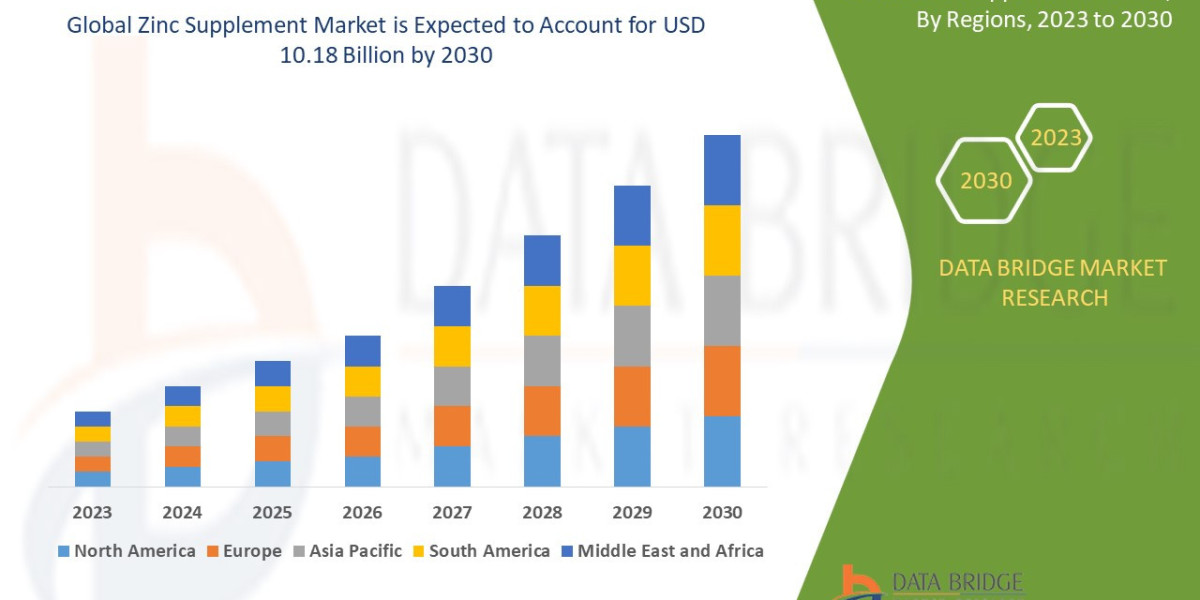In recent years, advancements in gene editing technologies have revolutionized our understanding of genetic abnormalities and opened doors to transformative medical interventions. This article delves into the promising future of gene editing, its implications for addressing genetic abnormality, and the considerations surrounding these groundbreaking technologies.
Understanding Genetic Abnormalities
Genetic Variation and Abnormalities
Genetic abnormalities encompass a wide range of conditions caused by variations or mutations in an individual's genetic code. These abnormalities can lead to inherited disorders, developmental anomalies, and increased susceptibility to certain diseases. Understanding the genetic basis of abnormalities is crucial for diagnosis, treatment, and preventive strategies.
Impact on Health and Well-being
Genetic abnormalities can have profound effects on an individual's health and well-being, affecting physical, cognitive, and emotional aspects of life. Conditions such as Down syndrome, cystic fibrosis, sickle cell anemia, and Huntington's disease are examples of genetic abnormalities that impact millions of people worldwide. Managing these conditions requires comprehensive medical care and support.
Gene Editing Technologies: A Revolutionary Frontier
CRISPR-Cas9 and Precision Editing
CRISPR-Cas9 technology has emerged as a powerful tool for precise gene editing. This revolutionary technique enables scientists to modify DNA sequences with unprecedented accuracy, targeting specific genes associated with genetic abnormalities. CRISPR-Cas9 holds immense potential for correcting genetic mutations, preventing disease progression, and even enhancing human traits.
Gene Therapy and Genome Engineering
Gene therapy approaches harness gene editing technologies to treat genetic abnormalities at the molecular level. By delivering therapeutic genes or modifying existing genes, gene therapy offers potential cures for previously incurable conditions. Genome engineering techniques, including CRISPR-based systems, hold promise for correcting genetic defects and restoring normal cellular functions.
Applications in Preventive Healthcare and Disease Management
Early Detection and Diagnosis
Advances in genetic testing and screening technologies enable early detection of Gene abnormalities/شذوذ الجينات, allowing healthcare providers to intervene proactively. Genetic screening during pregnancy, newborn screening programs, and personalized genetic testing empower individuals and families to make informed decisions about healthcare management and reproductive choices.
Preventive Interventions and Precision Medicine
Gene editing technologies pave the way for preventive interventions and personalized medicine approaches tailored to an individual's genetic profile. Precision medicine strategies leverage genetic information to develop targeted therapies, optimize treatment outcomes, and minimize adverse effects. This paradigm shift in healthcare holds promise for improving patient outcomes and reducing healthcare costs.
Ethical and Social Implications
Ethical Considerations in Gene Editing
The rapid evolution of gene editing technologies raises ethical questions regarding safety, equity, consent, and societal impact. Ethical frameworks and guidelines are essential to ensure the responsible use of gene editing tools, prioritize patient autonomy and privacy, and address concerns about genetic discrimination, eugenics, and unintended consequences.
Public Perception and Stakeholder Engagement
Public perception of gene editing and genetic abnormalities plays a crucial role in shaping policies, regulations, and healthcare practices. Stakeholder engagement, including discussions with patients, advocacy groups, policymakers, and ethicists, fosters transparency, inclusivity, and ethical decision-making in the development and implementation of gene editing therapies.
Advances in Gene Editing Techniques
Base Editing and Prime Editing
In addition to CRISPR-Cas9, other advanced gene editing techniques like base editing and prime editing are revolutionizing the field. Base editing allows for precise conversion of DNA bases without causing double-strand breaks, reducing the risk of unintended mutations. Prime editing, a more recent innovation, combines aspects of CRISPR and reverse transcription to enable precise insertions, deletions, and base conversions. These techniques offer greater precision and versatility in correcting genetic abnormalities.
Somatic vs. Germline Editing
Gene editing can be applied to somatic cells (non-reproductive cells) or germline cells (sperm, eggs, or embryos). Somatic editing targets specific tissues or organs in an individual, making it a potential treatment for genetic disorders without affecting future generations. Germline editing, on the other hand, introduces changes that can be inherited by offspring, raising significant ethical and safety concerns. While somatic editing is closer to clinical application, germline editing remains a topic of intense debate and regulatory scrutiny.
Gene Editing in Clinical Trials
Current Clinical Trials
Numerous clinical trials are underway to evaluate the safety and efficacy of gene editing therapies for various genetic disorders. These trials aim to address conditions such as sickle cell disease, beta-thalassemia, Duchenne muscular dystrophy, and certain types of cancer. Early results are promising, showing potential for curative treatments and improved quality of life for patients.
Success Stories and Breakthroughs
Several success stories highlight the transformative potential of gene editing. For instance, a patient with sickle cell disease experienced significant improvement after receiving a CRISPR-based therapy, reducing painful episodes and improving overall health. These breakthroughs underscore the importance of continued research and investment in gene editing technologies.
Public Health Implications
Population Screening and Public Health Programs
Incorporating gene editing and genetic testing into public health programs can enhance disease prevention and management at the population level. Population screening programs for genetic abnormalities can identify individuals at risk and provide early interventions, reducing the burden of genetic diseases. Public health initiatives can also educate communities about the benefits and risks of gene editing, promoting informed decision-making.
Global Health Equity
Ensuring equitable access to gene editing technologies is a critical challenge. Disparities in healthcare resources and infrastructure can limit access to advanced treatments in low- and middle-income countries. Efforts to address these disparities include international collaborations, capacity-building programs, and policies that promote affordable and accessible gene editing therapies worldwide.
The Road Ahead: Research and Innovation
Interdisciplinary Collaboration
Advancing gene editing technologies requires interdisciplinary collaboration among geneticists, bioengineers, ethicists, policymakers, and patient advocacy groups. Collaborative efforts can drive innovation, address technical challenges, and develop ethical frameworks that guide the responsible use of gene editing. Multi-stakeholder engagement ensures that diverse perspectives are considered in shaping the future of gene editing.
Investing in Research and Development
Continued investment in research and development is vital to unlock the full potential of gene editing. Funding for basic and translational research can accelerate the discovery of new techniques, improve existing methods, and expand our understanding of genetic abnormalities. Public and private sector partnerships play a key role in advancing gene editing technologies and translating scientific breakthroughs into clinical applications.
Conclusion: Shaping a Brighter Future with Gene Editing
The future of gene editing and genetic abnormalities holds immense promise for improving human health and advancing scientific knowledge. From precision therapies and preventive interventions to ethical governance and stakeholder engagement, navigating this transformative frontier requires collaboration, transparency, and ethical stewardship. As gene editing technologies continue to evolve, they have the potential to shape a brighter future for individuals affected by genetic abnormalities and pave the way for a new era of personalized medicine.







